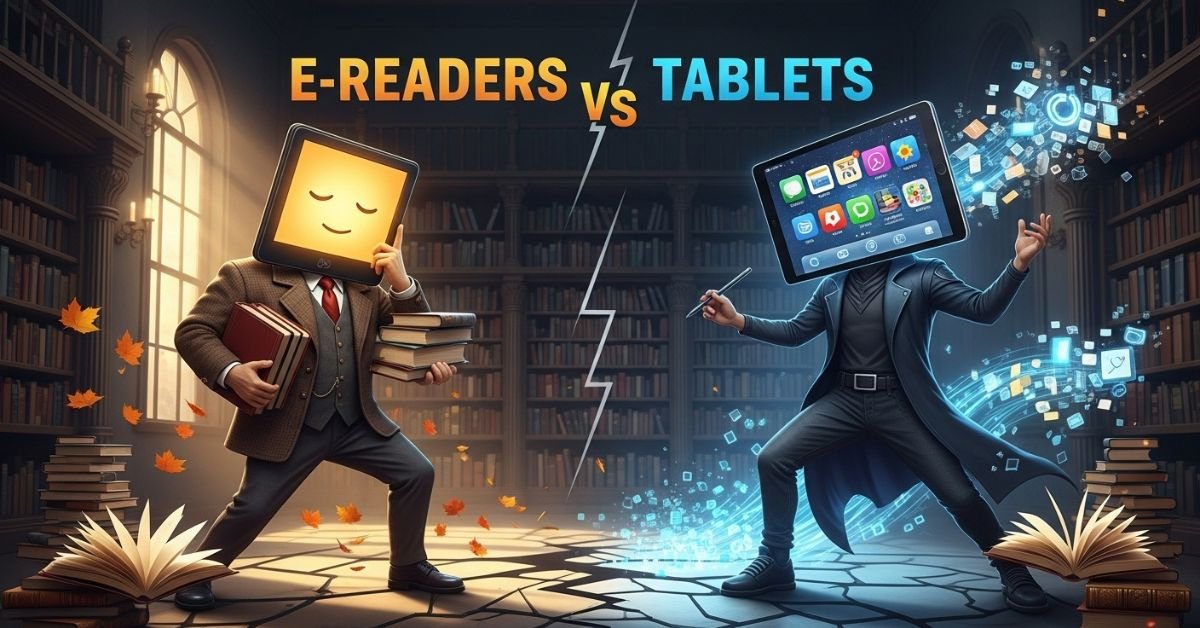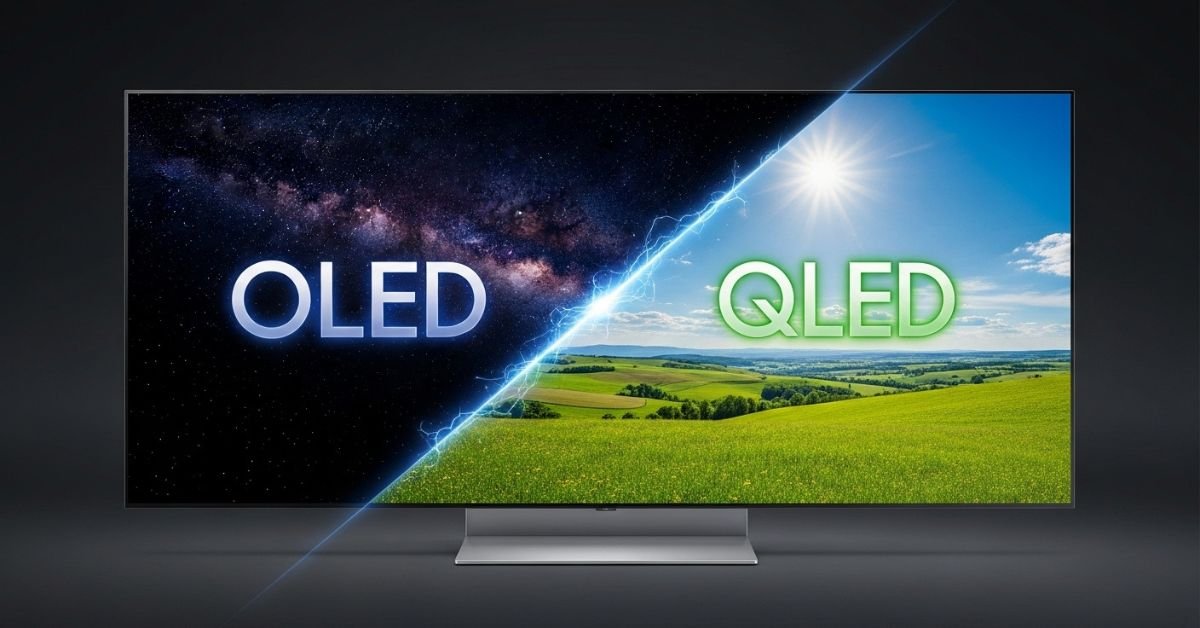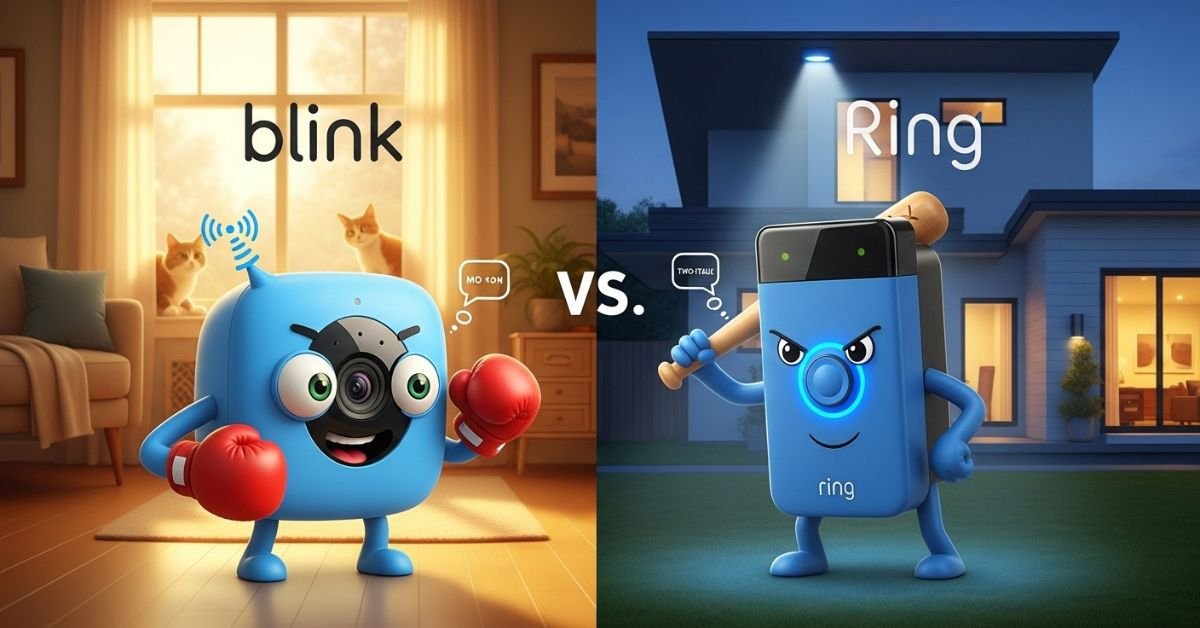Contents
Introduction to E-Readers and Tablets
In a world where technology is evolving at lightning speed, the way we read has transformed dramatically. Gone are the days when books were solely made of paper and ink; now, readers have the choice between sleek e-readers and versatile tablets. Both devices promise to enhance your reading experience, but which one truly stands out as the ultimate companion for book lovers?
E-readers offer a focused environment tailored specifically for reading, while tablets boast multifunctionality that goes beyond just books. As you embark on your quest for the perfect device to satisfy your literary cravings, it’s essential to weigh the strengths and weaknesses of each option. Let’s dive into this battle of pixels versus pages!
Pros and Cons of E-Readers
E-readers offer a focused reading experience. Their e-ink screens mimic paper, reducing glare and providing comfort during long reading sessions. For voracious readers who devour books on a daily basis, this design is ideal.
Battery life is another highlight. Many e-readers can last weeks on a single charge, eliminating the need to constantly recharge. Plus, they’re lightweight and portable, making it easy to carry an entire library wherever you go.
However, there are limitations. E-readers typically lack color displays and multimedia capabilities found in tablets. They may also fall short when it comes to app availability; dedicated reading apps aren’t always accessible.
Connectivity can also be restrictive. While some e-readers offer internet access for purchasing new titles or syncing your library, they might not support web browsing like tablets do—an essential feature for many users today.
Pros and Cons of Tablets
Tablets offer a versatile experience for users. They support various applications, from reading to streaming movies and playing games. The vibrant displays enhance visuals, making content more engaging.
However, the glare on screens can be an issue in bright light. Unlike e-readers, prolonged use may lead to eye strain due to backlit technology.
Another advantage is connectivity. Tablets allow easy access to the internet and social media platforms, keeping you connected on the go. This feature can be distracting for readers who prefer focus while diving into books.
Battery life varies widely among models. While some tablets last all day with moderate use, others require frequent charging during heavy tasks.
Tablets cater well to multi-taskers but might not provide the same dedicated reading experience as e-readers do.
Key Features to Consider
When choosing between an e-reader and a tablet, several key features can influence your decision.
Display quality is paramount for reading comfort. E-readers typically use e-ink technology, mimicking paper and reducing eye strain. Tablets, while vibrant, may cause fatigue during long reading sessions due to their glossy screens.
Battery life often varies significantly. E-readers boast weeks of usage on a single charge, while tablets usually require more frequent charging.
Storage capacity also plays a role. E-readers generally offer enough space for thousands of books but lack the versatility found in tablets that support numerous apps and multimedia content.
Consider connectivity options as well. Many e-readers focus solely on accessing online bookstores or library services, whereas tablets provide full internet access for browsing or streaming.
Assessing these features can help you find the perfect device tailored to your reading habits and lifestyle preferences.
User Experience Comparison
When it comes to user experience, e-readers and tablets offer distinct environments. E-readers provide a dedicated reading space, free from distractions. Their screens mimic paper, reducing eye strain during long reading sessions.
On the other hand, tablets deliver versatility. They allow for browsing the web, streaming media, and gaming alongside reading. This multifunctionality can be appealing but may also lead to interruptions.
Navigation is another factor to consider. E-readers typically feature straightforward interfaces focused solely on books. Tablets have more intricate user interfaces with lots of competing apps.
Battery life varies significantly too. E-readers last weeks on a single charge due to their energy-efficient technology while tablets need frequent charging after hours of use.
Your preference will depend on how you intend to read and what additional features matter most in your daily life.
Price Comparison
When it comes to price, e-readers and tablets occupy different tiers in the market. E-readers typically range from $80 to $300, depending on features like storage capacity and screen quality. They are often more budget-friendly for avid readers.
On the other hand, tablets can set you back anywhere from $150 to over $1,000. Their multifunctional capabilities justify a higher price tag but may seem excessive if reading is your primary interest.
Consider additional costs too. E-readers usually come with lower maintenance expenses since they require minimal power and don’t need constant software updates as frequently as tablets do.
If you’re focused solely on reading without bells and whistles, an e-reader offers significant savings while still delivering an enjoyable experience. However, if versatility matters most to you, investing in a tablet might be worth every penny.
Which is the Better Choice for Reading?
When it comes to choosing between an e-reader and a tablet, personal preference takes the lead. E-readers excel in providing a focused reading experience. Their screens mimic paper, reducing eye strain during those long reading sessions.
Tablets are more versatile. They cater to various activities beyond reading, such as browsing the web or watching videos. If you want a multi-functional device, tablets might appeal more to your lifestyle.
Think about how you read. Do you savor novels for hours? An e-reader could be ideal for that immersion. On the other hand, casual readers who enjoy magazines and articles may find tablets more convenient.
Battery life also plays a key role in decision-making. E-readers typically last weeks on a single charge compared to tablets’ days of use at best. Prioritizing what matters most will help steer your choice toward one device over another.
Alternative Reading Devices
Beyond e-readers and tablets, several alternative reading devices cater to diverse preferences. Audiobooks have surged in popularity, allowing users to enjoy literature while multitasking or relaxing. They’re perfect for those who prefer listening over reading.
Smartphones also serve as portable libraries. With apps like Kindle and Apple Books, you can access thousands of titles on the go. However, the small screens might strain your eyes during long sessions.
For a more tactile experience, consider digital notepads equipped with stylus support. They enable handwritten notes alongside reading materials—great for students or professionals who appreciate an interactive approach.
Some dedicated devices focus solely on specific genres—for instance, graphic novels or comic readers that enhance visuals and layouts uniquely tailored for comics enthusiasts. Each option offers distinct advantages depending on how you prefer to consume content.
Conclusion
In the end, reading habits and personal preference will determine whether to use an e-reader or a tablet. E-readers shine with their specialized design for reading, providing a comfortable experience with minimal eye strain. They are portable, lightweight, and offer long battery life—ideal for avid readers who want to carry their entire library in one device.
Tablets bring versatility but can be overwhelming with numerous distractions. They serve multiple functions beyond reading, making them suitable for those who enjoy consuming various types of media or need a multifunctional gadget.
Consider your priorities as you weigh the options. If your passion lies solely in books and articles, an e-reader might be the perfect companion for you. However, if you’re looking for a device that caters to diverse activities like gaming or browsing while still allowing some quality reading time, then a tablet could fit the bill.
It’s about finding what aligns best with your lifestyle and preferences. Whether it’s an e-reader or a tablet that captures your interest, both devices have unique strengths suited to different kinds of readers. Explore your options carefully; after all, the right choice can transform how you enjoy literature today and into the future.



